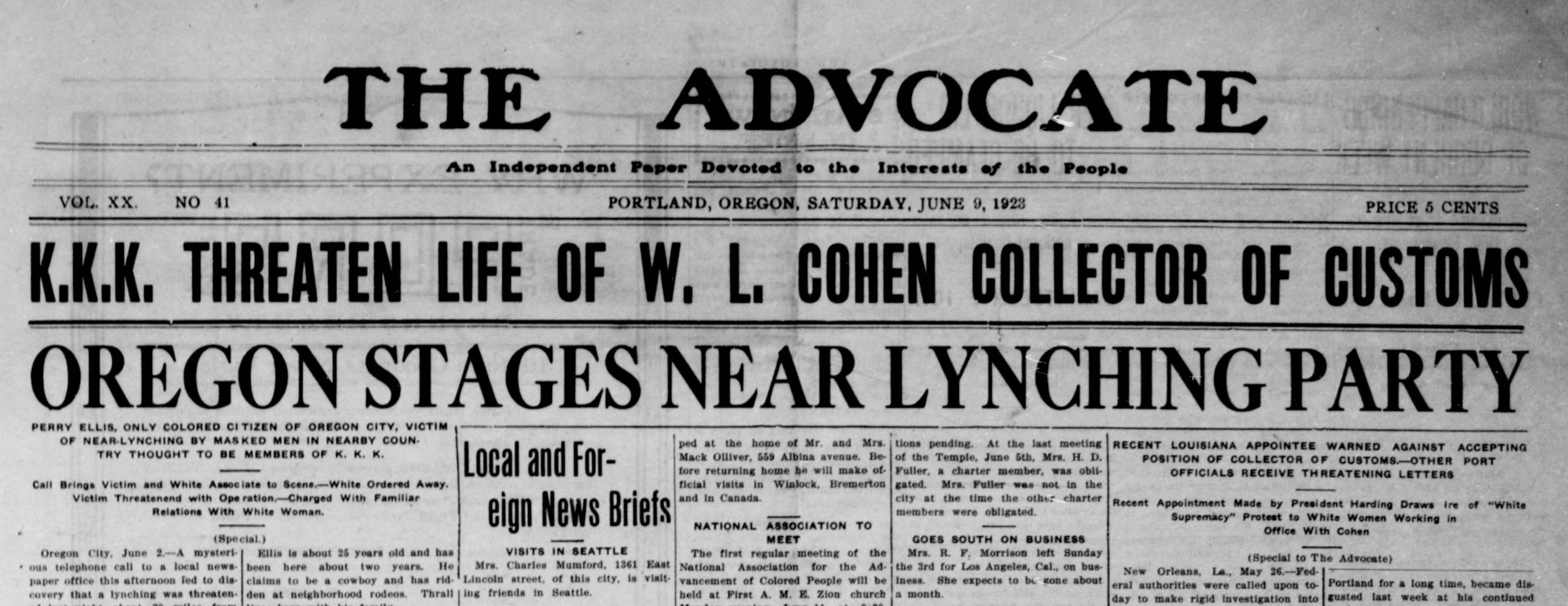The smart Trick of News Articles That Nobody is Talking About
The smart Trick of News Articles That Nobody is Talking About
Blog Article
The 4-Minute Rule for News Articles
Table of ContentsNews Articles for BeginnersRumored Buzz on News ArticlesFacts About News Articles RevealedAll About News ArticlesThe Only Guide to News Articles
Good knowledge of different topics gives trainees an one-upmanship over their peers. Despite the fact that digital and social networks are readily obtainable, we ought to not neglect exactly how vital it is to review the newspapers. Parents must try and instill the behavior of checking out a paper as a daily regimen to proceed the legacy of the adored print tool.News stories likewise have a minimum of among the complying with vital qualities about the desired audience: closeness, importance, timeliness, human rate of interest, quirk, or consequence. The relevant term journalese is occasionally used, normally pejoratively, to describe news-style writing. An additional is headlinese. Papers typically follow an expository writing style.
Within these limits, newspaper article likewise intend to be detailed. Various other factors are involved, some stylistic and some acquired from the media form. Among the larger and much more reputable papers, justness and equilibrium is a significant consider presenting info. Commentary is typically restricted to a separate section, though each paper might have a various overall angle.
Newspapers with a worldwide audience, for instance, have a tendency to utilize a more formal design of creating. The certain choices made by a news outlet's editor or content board are frequently accumulated in a design guide; typical style guides include the and the United States News Design Book. The main objectives of news writing can be summarized by the ABCs of journalism: accuracy, brevity, and quality.
All about News Articles
As a policy, reporters will certainly not make use of a long word when a brief one will certainly do. They make use of subject-verb-object building and dazzling, energetic prose (see Grammar). They supply narratives, instances and metaphors, and they rarely depend upon generalizations or abstract concepts. Information authors try to avoid utilizing the very same word more than once in a paragraph (occasionally called an "resemble" or "word mirror").
Headlines occasionally omit the subject (e.g., "Leaps From Watercraft, Catches in Wheel") or verb (e.g., "Cat lady lucky"). A subhead (additionally subhed, sub-headline, subheading, caption, deck or dek) can be either a subservient title under the major heading, or the heading of a subsection of the post. It is a heading that precedes the major message, or a team of paragraphs of the main message.

Extra signboards of any of these kinds may appear later on in the write-up (specifically on succeeding web pages) to lure further analysis. Such signboards are likewise made use of as reminders to the write-up in other sections of the publication or website, or as ads for the item in various other magazine or sites. Regular structure with title, lead paragraph (recap in strong), various other paragraphs (details) and call details.
Example of a hard-lead paragraph NASA is suggesting another space task. The budget plan requests roughly $10 billion for the project.
The NASA news came as More about the author the company requested $10 billion of appropriations for the project. An "off-lead" is the 2nd crucial front page information of the day. The off-lead shows up either in the top left edge, or directly listed below the lead on the right. To "bury the lead" is to start the post with history info or details of secondary importance to the visitors, forcing them to learn more deeply right into a short article than they click to investigate should have to in order to uncover the necessary points.
News Articles - An Overview
Common use is that or 2 sentences each form their own paragraph. Reporters usually describe the company or structure of a newspaper article as an upside down pyramid. The essential and most fascinating components of a story are put at the start, with supporting info complying with in order of diminishing significance.
It enables individuals to explore a topic to just the deepness that their inquisitiveness takes them, and without the imposition of information or nuances that they could think about irrelevant, yet still making that details available to more interested viewers. The upside down pyramid structure additionally allows write-ups to be cut to any approximate size during layout, to suit the room offered.
Some authors start their tales Get More Info with the "1-2-3 lead", yet there are many sort of lead readily available. This style inevitably begins with a "Five Ws" opening paragraph (as defined above), complied with by an indirect quote that offers to support a major aspect of the very first paragraph, and afterwards a direct quote to sustain the indirect quote. [] A kicker can refer to numerous things: The last story in the news broadcast; a "pleased" tale to finish the program.
Longer write-ups, such as publication cover write-ups and the pieces that lead the inside areas of a paper, are known as. Feature tales differ from straight information in a number of methods.
The 9-Second Trick For News Articles
The reporter usually details interactions with interview subjects, making the item a lot more personal. A function's first paragraphs usually relate a fascinating moment or occasion, as in an "unscientific lead". From the particulars of a person or episode, its view swiftly broadens to abstract principles concerning the tale's topic. The area that signifies what a function is around is called the or signboard.

The Editor's Toolbox: A Reference Overview for Beginners and Professionals (2001) Allan M. Siegal and William G. Connolly. The New York Times Guidebook of Design and Use: The Official Design Overview Made Use Of by the Writers and Editors of the Globe's Most Reliable Paper (2002) M. L. Stein, Susan Paterno, and R.
Report this page